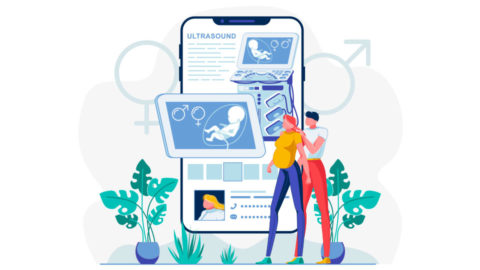Innovate Blog
Primary Care Practices Can Engage Patients in Virtual Care
During the most challenging phases of the COVID-19 pandemic, one opportunity for the health care delivery system has been the rapid adoption of telehealth and virtual care by both primary care practices and patients.
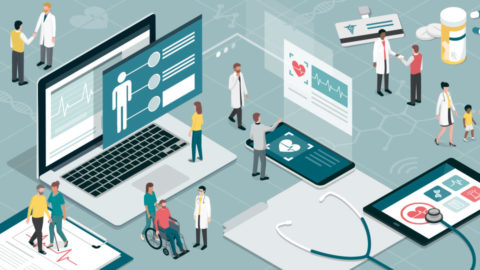
Congress Gets Serious About COVID Phase 4 Legislation
As Congressional leaders begin to work out details of the final Phase 4 bill, PBGH will be engaging with congressional leaders on each of these topics, with a particular focus on strengthening the primary care system and preventing price spikes.
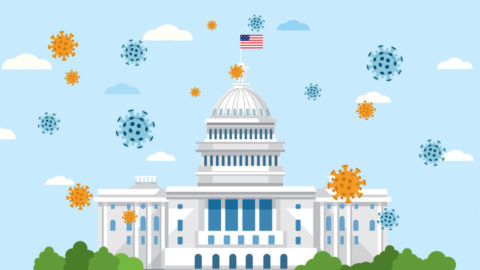
Consequences of COVID-19: Experts Forecast the Future of Health Care Costs and Utilization
The unprecedented collapse in patient volume sparked by the COVID-19 pandemic could reshape health care for years to come, but whether those changes ultimately prove beneficial or destructive remains to be seen, experts say.

The Silent Pandemic of Loneliness
Already pervasive in the modern world, loneliness and social isolation are extending their reach deeper into the American workforce as the COVID-19 pandemic upends the routines and relationships of daily life.
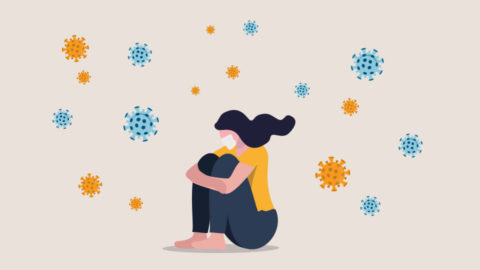
The Stakes for Primary Care – Impact of COVID-19 and the Urgent Need for Action
The COVID-19 pandemic has infected nearly 1 million people in the United States, killed tens of thousands, and is having an unprecedented negative effect on the country’s economy. It has also strained primary care providers to near the breaking point.
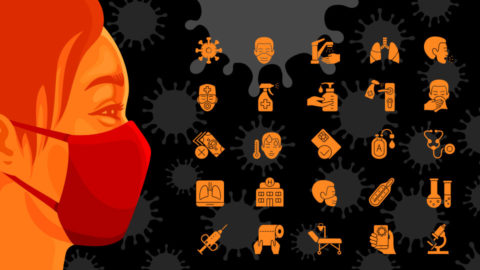
Doctors Expect to Use Telehealth More Extensively Post COVID-19
Telehealth is quickly emerging as an important clinical tool for physicians scrambling to adapt to the COVID-19 pandemic. Both patients and physicians report being happy with treatment delivered via telehealth, but doctors say barriers to adoption still exist.

COVID-19 Policy & Politics: Employers Take a Leadership Role
The health care provisions of COVID-19-related legislation to date have focused primarily on ensuring health care providers have the resources they need to treat the influx of affected patients.

Large Employers Adapt Health Coverage in the Age of COVID-19
Large, self-insured U.S. employers are adjusting their health coverage to meet the challenges posed by the COVID-19 pandemic.

Telehealth Providing Critical Pregnancy Support During Pandemic
Telehealth has emerged as a vital tool for helping expecting mothers and clinicians manage pregnancy in the time of COVID-19.
